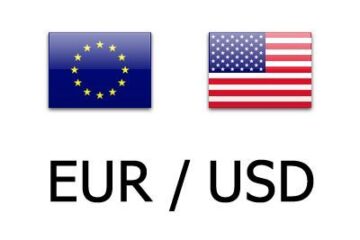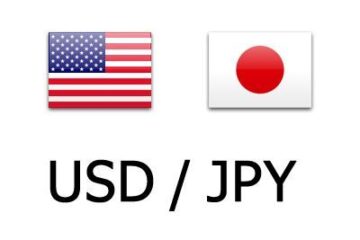The wine industry has faced the same decline in consumer demand that other alcoholic beverage industries have experienced in the last year.
While the spirits industry has dealt with economic issues, with spirits supplier sales in the U.S. declining 1.1% in 2024 to $37.2 billion, the wine industry also struggled last year.
💰💸 Don’t miss the move: SIGN UP for TheStreet’s FREE Daily newsletter 💰💸
Wine industry metrics flattened out after three decades of sustained growth, mainly driven by Baby Boomer consumers, according to Silicon Valley Bank’s State of the U.S. Wine Industry Report 2025.
Related: Popular Trader Joe’s wine brand has bad news, making harsh choice
A reduction in wine consumption and a supply imbalance was influenced by a fundamental shift in consumer demographics, along with the resurgence of anti-alcohol campaigns, the report said. The reduction in demand was influenced by a decline in the “wine-friendly” Boomer population and a change in sentiment toward alcohol.
The decrease in consumer sales led to bankruptcy filings from some significant wine companies, such as Vintage Wine Estates, which filed for bankruptcy in July 2024.
The debtor, which once owned about 60 labels such as Girard Winery, B.R. Cohn, Kunde, Viansa Sonoma, and Windsor Vineyards, on July 24, 2024, filed for Chapter 11 bankruptcy in the U.S. Bankruptcy Court for the District of Delaware listing $475 million in assets and $400 million in liabilities.
Vintage Wine Estates sold off its wineries
The Santa Rosa, Calif.-based debtor won approval in September 2024 to sell off its wineries and brands to several buyers in a bankruptcy auction for over $140 million.
Tariffs on imported and exported wines have not yet taken full effect, leaving the U.S. wine industry in limbo about what to expect in the months ahead.
U.S tariffs on imported wine, which include 30% on South African wine, 20% on European Union wine, and 17% on Israeli wine, have been paused for 90 days. But wine is included in the U.S. 10% tariff on all imports.
A combination of tariffs and rising prices driven by inflation is bound to increase the cost of wine. The easy answer for consumers is to seek out good-quality wines at reasonable prices.
That answer might come from a couple of grocery chains that are in a battle to sell some of the lowest-priced wine on the market.
Grocery Outlet launched its own private wine label Second Cheapest Wine.
Image source: Getty Images
Grocery Outlet challenges Trader Joe’s wine
Discount grocery store chain Grocery Outlet Bargain Market launched a challenge to Trader Joe’s Charles Shaw line of wines, known as “Two Buck Chuck,” as it introduced its private label Second Cheapest Wine.
Related: Winemakers uncover a worrisome new problem
Grocery Outlet in April rolled out five varieties of Second Cheapest Wine, including Sonoma Valley Chardonnay, Napa Valley Chardonnay, Willamette Valley Pinot Noir, Anderson Valley Cabernet Sauvignon, and Sonoma Sauvignon Blanc, each priced at $4.99 a bottle.
The grocery chain’s least expensive bottles of wine are usually as low as $3.99, but lower-priced bottles can sometimes be found at the stores.
More retail:
Popular retail chain to close unprofitable store locationsBankrupt retail chain unloads store leases, key assetPopular discount retailer files bankruptcy, closes all stores
The Emeryville, Calif.-based grocery chain embraces the title of “Second Cheapest Wine,” as Trader Joe’s “Two Buck Chuck” currently sells for $3.49 a bottle, according to its website.
Trader Joe’s charged $1.99 a bottle when it launched Charles Shaw wines, or “Two Buck Chuck,” in 2002, before it raised the price in 2013 to $2.49 a bottle.
Charles Shaw wines include Pinot Grigio, White Zinfandel, Shiraz, Sauvignon Blanc, Red Blend, Cabernet Sauvignon, Merlot, and Chardonnay.
Grocery Outlet’s roots date back to 1946, when its founder, Jim Read, opened a military surplus store selling goods at discount prices. The business transitioned into a discount grocery chain with over 400 stores nationwide, according to its website.
Related: Struggling wine and spirits company files Chapter 11 bankruptcy


